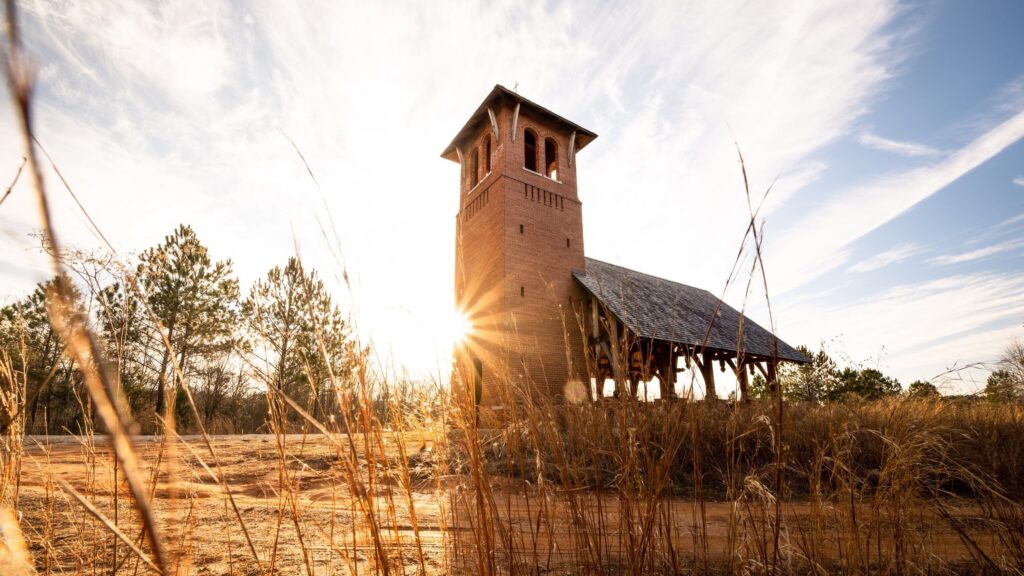Piecing Together the Green Burial Movement

After nearly 20 months of his chemotherapy, Kharmin Beam didn’t want to put any more chemicals in her husband’s body. When he died of brain cancer at the age of 44, Shane’s unembalmed body was laid to rest in an oak coffin, buried 3 feet under and covered with a mound of dirt 3 feet high. Shane’s body will slowly decompose over several years and the land will subside and eventually level out.
Mourners, including Beam’s two sons, who were 13 and 15 at the time, left dozens of handwritten messages on his casket, including “God bless you for your impact on our family” in a slanted scrawl and “Thank you Shane” in elegant cursive. “We will miss you Coach Shane,” stood out from the rest in a child’s round and uneven lettering.
Beam thought it was important for all the visitors, especially the children who came, to have the opportunity to leave personal messages for her husband. Her voice thick with emotion, Beam recalled, “A lot of kids had a hard time with it, trying to understand it, and they felt sorry for my boys. I think them being able to put something, whatever they wanted, on the casket was very much important for them to be a part of it and feel like they helped do something.”
Shane was buried at Honey Creek Woodlands, a preserve in Conyers, Georgia, that contains over 1,000 acres of protected wetlands, streams, and native hardwood forests. Beam chose Honey Creek as Shane’s final resting place not only because of its overwhelming peacefulness but because she feels close to her husband while biking Honey Creek’s trails. “We loved mountain biking. Whenever we had a date without the kids, that’s what we did,” she said with a chuckle. Read more >>
